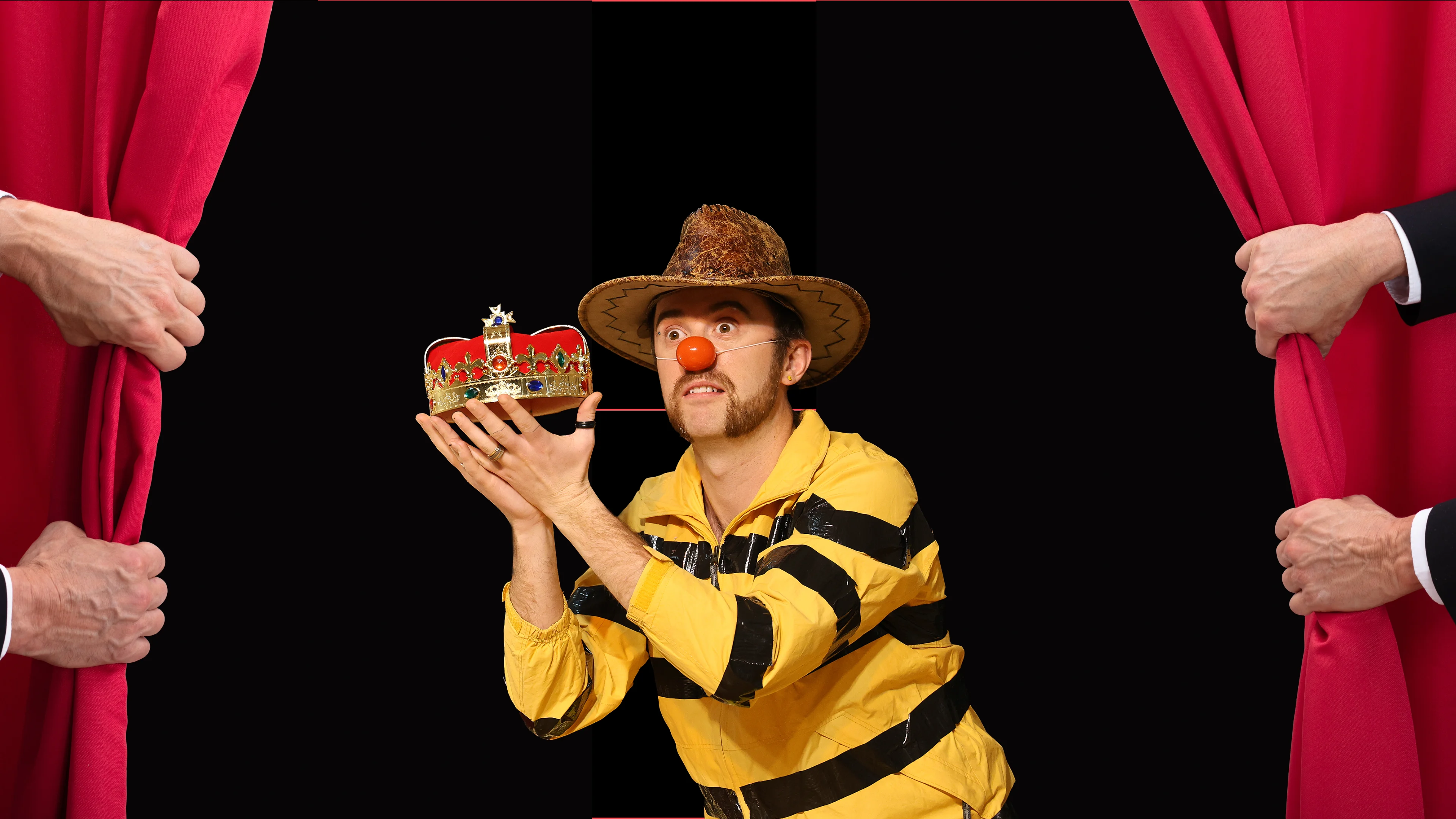
Taster Class In Clown Comedy
Theatre Deli, London
Learn More

A callback is a comedic device where something mentioned earlier - a line, gesture, character, or idea - is brought back later for a fresh laugh. The joy comes from recognition and recontextualisation: the audience remembers the original moment and gets to enjoy a clever or surprising return.
Callbacks reward attention. They make the audience feel smart for remembering - or delighted when a forgotten detail suddenly resurfaces with new meaning.
They create cohesion and a sense of structure.
They reward the audience for paying attention.
They add layers of humour as the original moment takes on new comic weight.
They’re a great way to end on a high, especially when the callback ties together disparate parts of a show or scene.
Verbal – A word or phrase repeated with a twist.
“Don’t touch the goat!” said nervously in Act 1… becomes a triumphant war cry in Act 3.
Physical – A repeated movement, gesture, or bit of staging.
A character’s weird little hop becomes their signature power move.
Character or Object – Bringing back an earlier character, prop, or situation.
That mop you threw out in Scene 1? It’s now your dance partner.
Thematic or Emotional – A deep or poignant callback can hit just as hard as a joke.
Comedy callback = laugh. Emotional callback = tears and laugh? Magic.
Don’t force it – The best callbacks arise naturally from strong offers earlier in the piece.
Heighten or twist – Don’t just repeat it - reframe it, exaggerate it, or invert it.
Time it well – Wait long enough for it to feel like a surprise, but not so long that it’s forgotten.
Plant and pay off – If something feels like a potential callback, give it weight early so the payoff lands big.
